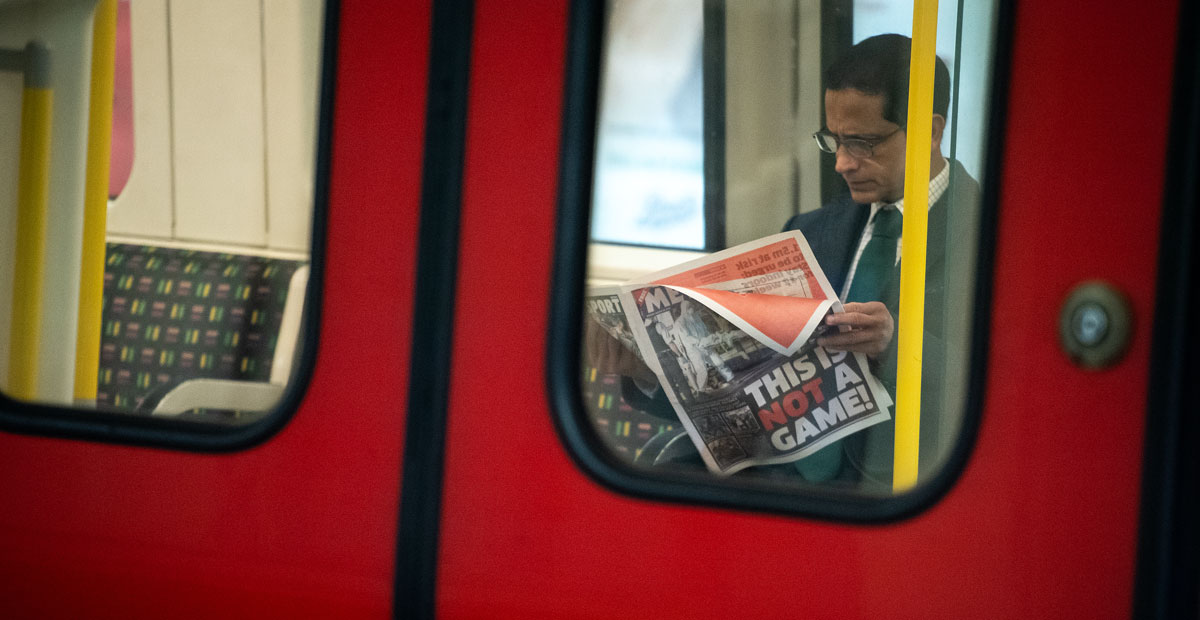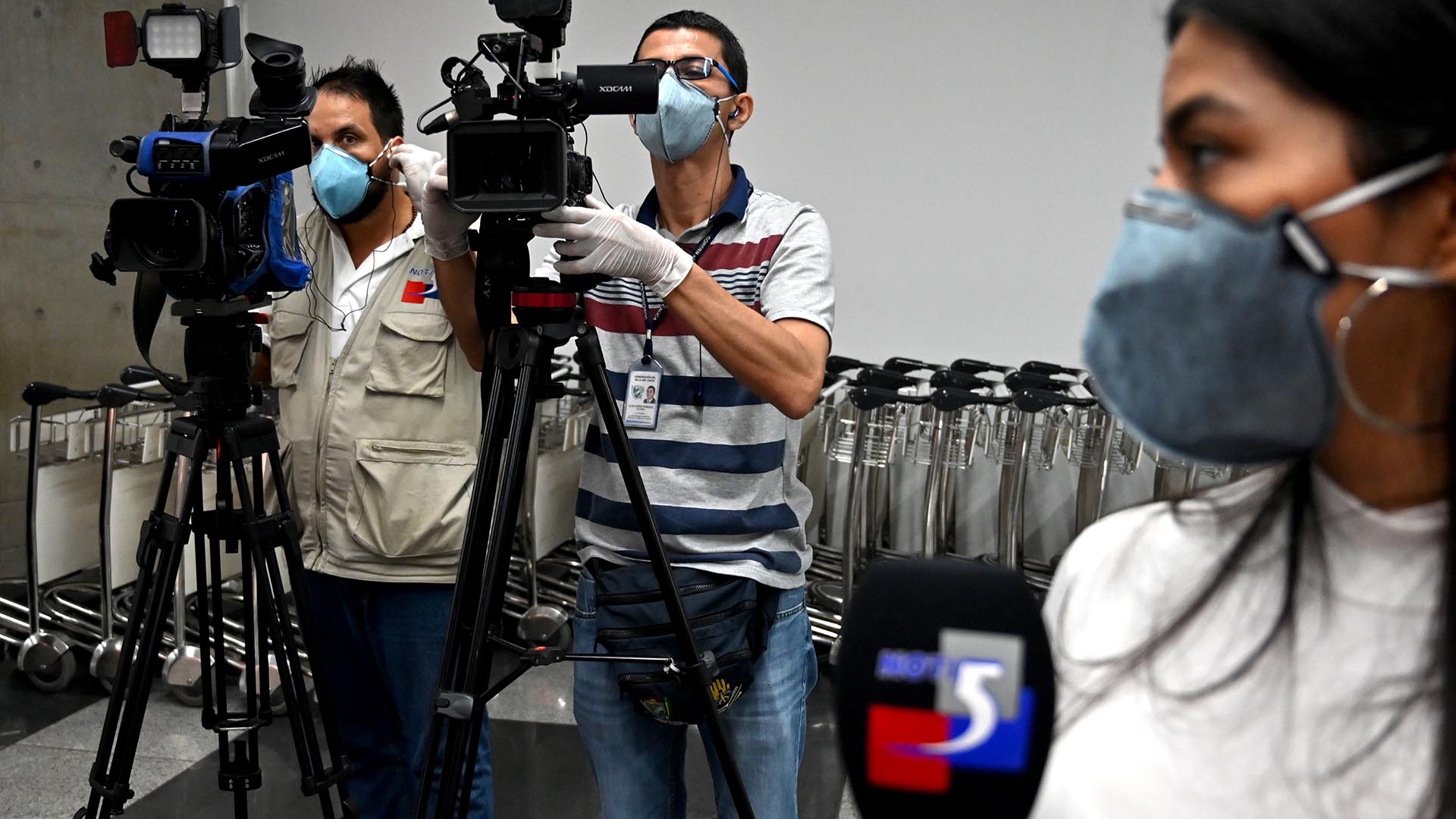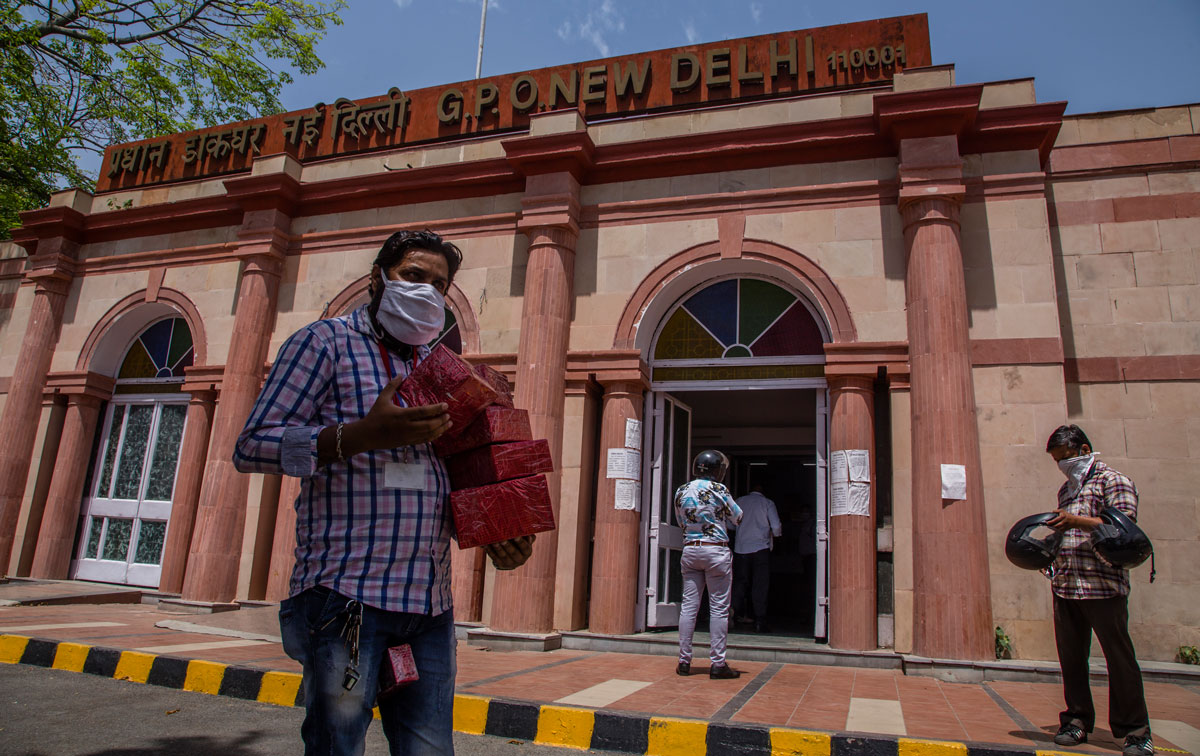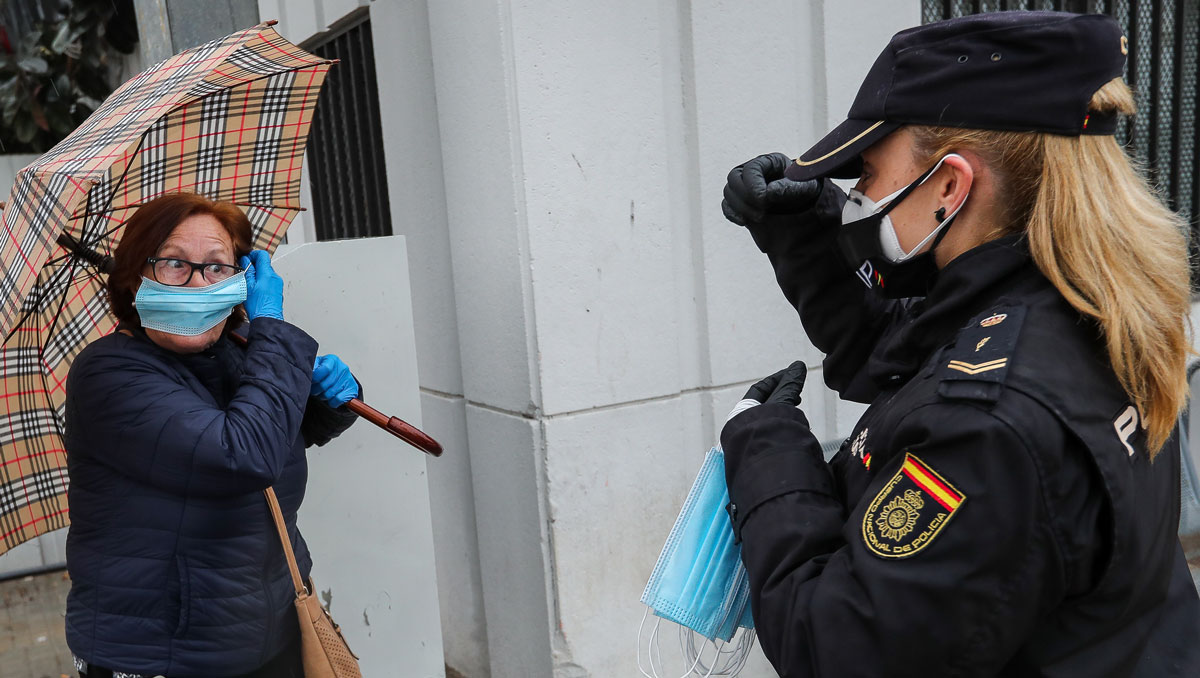Scaremongering statements attributed to Nobel laureates. Old documentaries about virus research passed off as recent discoveries. An array of treatments, from garlic and lemon concoctions, to methanol alcohol, touted as cures without scientific basis.
The internet is awash in bogus treatments, fake miracle cures and other falsehoods about the COVID-19 pandemic. Journalists around the world are scrambling to keep up.
“The problem of disinformation has never been as serious as today,” said Sara Menafra, Rome-bureau chief for Open, an Italian digital media outlet.
The false content includes information shared without context to material purposefully created to mislead people. It spreads on social media channels and through news aggregators. Like the COVID-19 pandemic, disinformation about the virus is global. The head of the World Health Organization has described the glut of false information about the COVID-19 pandemic as an “infodemic.”
“Disinformation behaves exactly like a virus,” Luca Nicotra, a campaigner with non-profit organization Avaaz, told Italian TV show Report. “It mutates and, in each context, it takes a new shape according to what it needs to infect our minds and what we believe is true.”
In Italy, a previously ignored video gained sudden popularity after conservative groups publicized it as evidence that China had manufactured the virus.
It was mid March when a woman in northern Italy shared a two-minute clip from a 2015 documentary about virus research in a private message to a friend, according to Report.
In the clip, a narrator describes an experiment that involved a Chinese lab injecting bat proteins into the SARS virus, allegedly raising “concerns” among experts.
The five-year-old clip was viewed millions of times in a few days after influential right-wing activists and politicians shared it on their Facebook and Twitter channels, and a Russian social network picked it up, spreading it even further, an expert told Report.
Open was the first news outlet to publish a lengthy explanation of the video’s flaws. The website’s “fact-checking” section now specializes in debunking conspiracy theories, inaccurate news and disinformation about the pandemic.
In Japan, a statement falsely attributed to a prominent scientist accusing China of creating the coronavirus in a lab — an assertion that most experts say is unlikely — was shared more than 10,000 times and posted in at least 400 Facebook groups and pages, according to a Reuters analysis.
“If it is natural, it wouldn’t have adversely affected the entire world like this,” the post reads, in part. “China is lying and this truth will one day be revealed to everyone.”
Tasuku Honjo, a Kyoto University professor who shared a 2018 Nobel prize for a discovery in the field of cancer therapy, was said to be the author. However, several reporters, including the Reuters Fact Check team, found there was no evidence Honjo was behind the post, which also included false information about his career.
Honjo himself issued a statement denouncing the fraudulent post: “At this stage, when all of our energies are needed to treat the ill, prevent the further spread of sorrow, and plan for a new beginning, the broadcasting of unsubstantiated claims regarding the origins of the disease is dangerously distracting,” he said.
Compounding the problem are state actors in countries like China, Russia, and Brazil that are actively disseminating false information, according to an international panel of media experts hosted by Slate. Those actors, the experts said, blame rivals for manufacturing the virus, spread unfounded messages about responses to the emergency, attempt to undermine trust in credible news sources and campaign against social distancing and other measures touted by medical experts.
In the U.S. – where President Donald Trump has touted bogus treatments – a study published by the Harvard Kennedy School Misinformation Review found that people who learned about the virus from conservative news outlets and social media channels are more often misinformed about the disease, with potentially lethal consequences.
The researchers also found that Facebook, Twitter and YouTube are the main sources of disinformation. While the companies have announced measures to weed out misinformation, many people still risk being exposed before the misleading content is taken down, the study said.
“The pandemic has added new actors and susceptible audiences to the [disinformation and media manipulation] space,” said Joan Donovan, an expert at Harvard University’s Shorenstein Center on Media, Politics and Public Policy.
Speaking on an online webinar hosted by nonprofit First Draft, Donovan explained how her research team analyzes disinformation campaigns by looking at who’s behind them, where they are “planted,” which social media channels pick them up and if the actors are newsworthy. As a second step they look at responses by activists, politicians and journalists.
Donovan’s team has also analyzed a campaign to discredit Anthony Fauci, a veteran infection disease expert who advises the Trump administration and who has been accused by conservative fringes of slowing the reopening of the U.S. economy.
In case you missed last Friday's discussion about the new verification handbook with me, @CraigSilverman @BostonJoan @BrandyZadrozny and @donie you can catch up here https://t.co/89XaGdo0h3 pic.twitter.com/oAachc9wUx
— Claire Wardle (@cward1e) May 12, 2020
Fauci was recently the target of a half-hour long documentary called “Plandemic” that mixes together conspiracy theories about the origin of the virus and unfounded scientific claims, according to Politifact, which fact-checked the film. Produced as a piece of “propaganda,” according to the filmmaker interviewed by Propublica, the video was viewed by millions of people. YouTube and Facebook removed it from their platforms but the video is still available on other sites.
To fight disinformation on health issues, including COVID-19, former war correspondent and head of Delhi-based Center of Investigative Journalism Syed Nazakat is using data and collaborating with doctors and scientists.
Shortly before the outbreak, Nazakat launched Health Analytics Asia, a project of his data-analysis firm DataLEADS. The online news outlet, analyzes large-scale datasets and statistics, and fact-checks scientific claims to cover the region’s most important health stories.
Nazakat’s team is working non-stop to verify information and respond to worried readers, he told ICIJ.
“Currently we are seeing a tide of medical misinformation, myths, unscientific claims, inaccurate data and bogus treatments,” Nazakat said. “While some of this information may only result in a little confusion as to what you should eat or how much exercise you need, others can have more serious effects.”
To identify misleading and harmful content, Health Analytics Asia reporters use a variety of tools, including reverse imagery, video verification platforms like Invid, the data extraction tool YouTube Dataviewer and the social monitoring platform Crowdtangle.
The outlet used geographical mapping to enable Indian readers to easily access hospitals and testing facilities nearby, and a map of hotspots by district.
The reporters also routinely debunk misleading information about treatments and infections that are often spread through online videos or WhatsApp, the Facebook-owned messaging app that has become a major channel for hate speech and fake news in India.
No, vegetables are not a source of transmission of coronavirus. You can keep eating your veggies.



